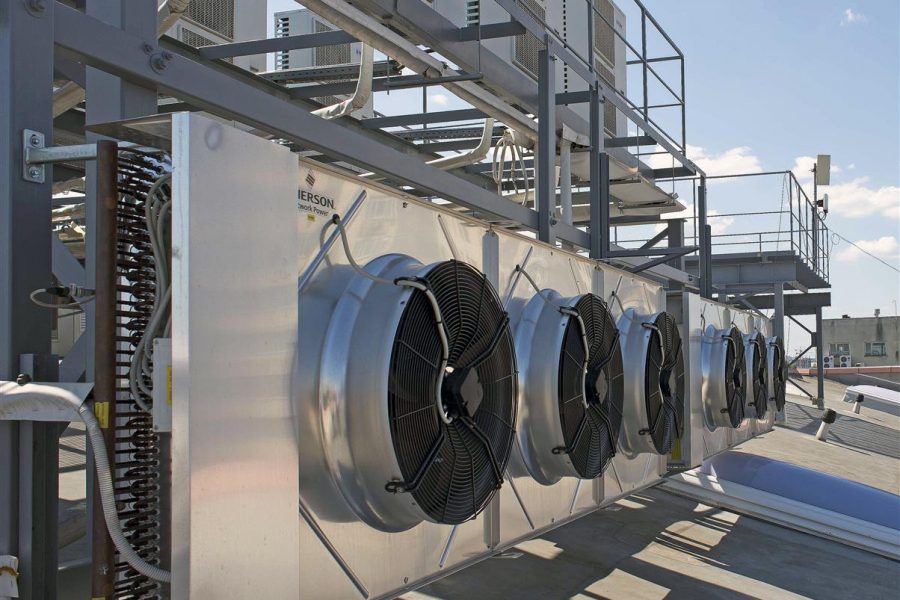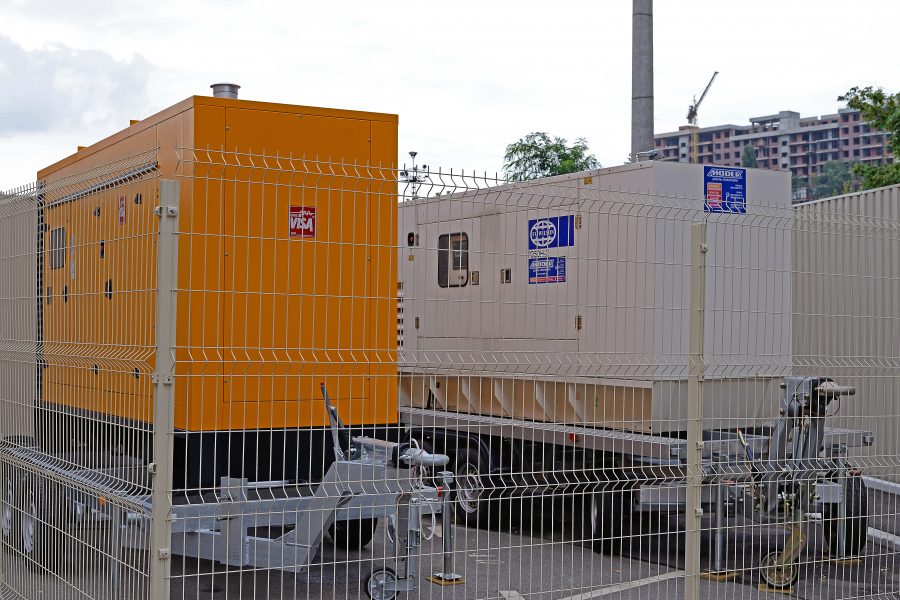4G chipmaker Sequans Communications reported third-quarter revenues well below its guidance, saying the LTE-M market is taking off slower than expected. Results in the fourth quarter are expected to be little changed versus Q3, and the company declined to give specific guidance due to the market uncertainty. The group has restructured debt and secured new financing to tide it over til 2019 when the market is expected to pick up.
Revenues fell 18.7 percent on a sequential basis in Q3 to USD 18.7 million, compared to Sequans’ forecast for revenue of USD 13.5-16 million. Year-on-year, revenues were down by USD 1 million. Sequans blamed the weak sales on a delay in the ramp of LTE-M revenues, which it had expected to start to accelerate in the second half of 2018. This is now not expected until early 2019. Sequans said it’s working on more than 130 projects in different phases, with over 25 of them either in production or scheduled to launch by mid-2019.
The company’s gross margin fell to 35.0 percent from 39.4 in the second quarter of 2018 and 44.3 in the third quarter of 2017, primarily due to a shift in product mix toward a higher proportion of modules. The operating loss widened to USD 7.9 million from USD 5.6 million a year ago, and the net loss reached USD 9.9 million versus USD 6.9 million a year earlier. The net loss included a USD 0.7 million charge for amendments to convertible debt made at the end of the quarter.
Cash and equivalents totaled USD 5.2 million at the end of September, down by USD 1.8 million from three months earlier. Since the close of the quarter, the company raised USD 18 million from the sale of USD 4.5 million of additional convertible debt due in April 2021 and a EUR 12 million financing facility to be repaid over three and a half years. The new debt was part of an overall debt restructuring, which included an amendment of the terms of the USD 12 million convertible notes due in April 2019 to extend the term to April 2021 and the early repayment of USD 1 million of the convertible notes due in April 2020.
CEO Georges Karam, said that in addition to the extra financing, the company has implemented operating efficiencies, “without affecting our technology leadership”. It expects the current financial resources are adequate to reach cash flow breakeven and sees the overall momentum in the IoT market remaining strong.









